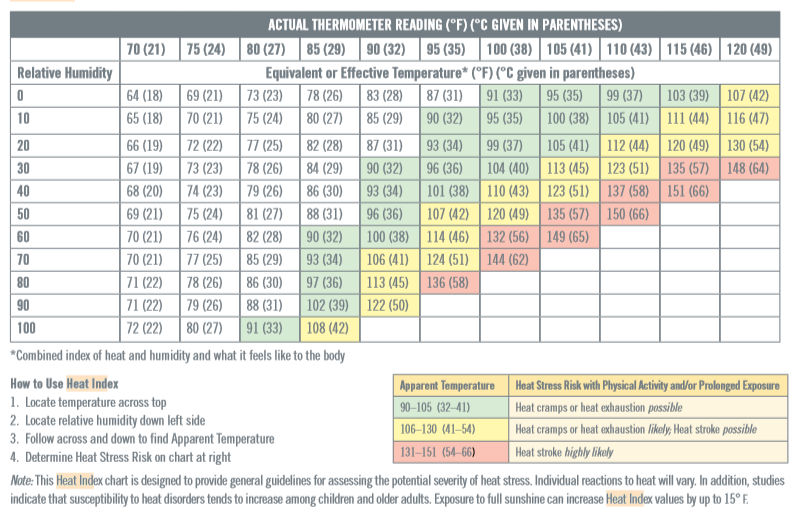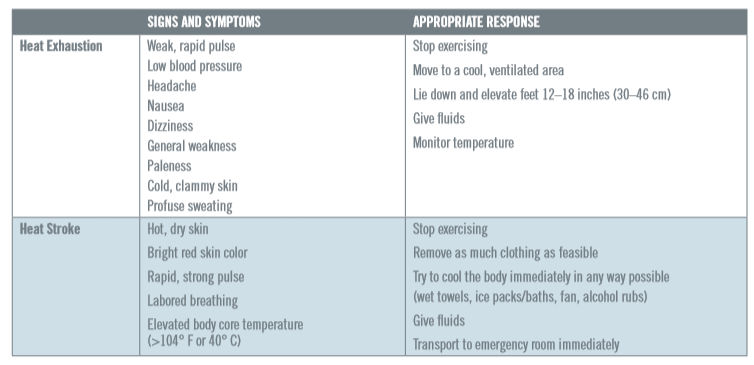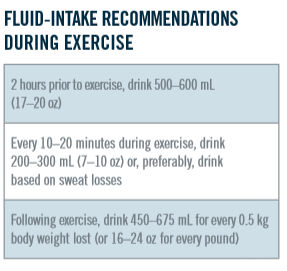As a health and fitness professional, there are many factors to consider for exercise program design, such as your clients’ goals, physical limitations, and the environment in which they are exercising. In this blog, we’ll cover how to keep your clients safe while exercising in a hot environment.
A client who does not take precautions when exercising in the heat may be at risk for developing heat-related illness, which may be amplified if he or she is not adequately hydrated, wears excessive clothing, and/or is overweight or obese. Excessive clothing and adipose tissue each have the potential for trapping heat in the body and inhibiting it from evaporating or dispersing, which can increase body temperature. Under normal conditions, body temperature will rise about 2-3° F during exercise, but heat-related complications will usually occur when heat loss is compromised. Heat combined with humidity is the most stressful environment in which to exercise because the large amount of water does not allow sweat to readily evaporate, which decreases the efficiency of the body’s most effective cooling system.
So what do you need to know as a health and fitness professional? First, it’s important to have a good understanding of the heat index chart (Table 2-4 below). You don’t need to memorize it, but you do need to understand the relationship between humidity and temperature (that is, conditions become more dangerous as humidity and heat increase).

You must also be aware of the signs and symptoms of heat exhaustion and heat stroke, as well as the initial treatment for both (outlined in Table 2-3 below).

Lastly, here are some tips to offer your clients before they begin exercising in the heat:
- Begin exercise in the heat gradually as acclimatization typically takes seven to 10 days.
- Always wear light-weight, well-ventilated clothing. Wear light-colored clothing if exercising in the sun, as white reflects heat better than other colors.
- Never wear non-breathable clothing.
- Cotton is a good choice for exercising in the heat because it readily soaks up sweat and allows for evaporation.
- Replace body fluids as they are lost. Recording daily body weight is an excellent way to prevent cumulative dehydration.
- Air movement is critical for adequate cooling.

 by
by 











